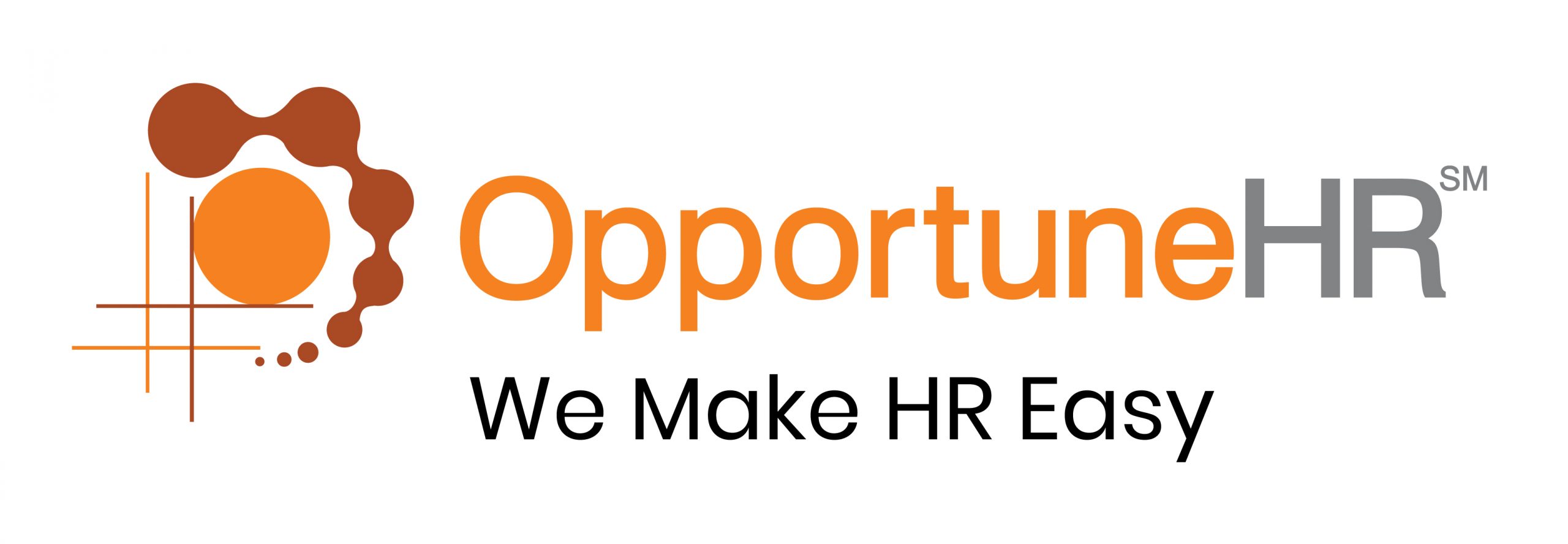
Discover Why OpportuneHR is the best HRMS Software in India! Schedule a Demo OR Call us @ +91 7700-954949

Fix an Appointment
Download PDF
Leave
Leave Management
Leave management refers to the process and policies for managing employee time off from work.
The purpose of leave management is to ensure a fair and organized system for employees to take leave while maintaining operational efficiency of the organisation, too.
Leave management involves leave types, policies, balances, applications, and tracking. It includes managing leave requests, maintaining accurate leave records, monitoring leave balances, and coordinating with employees and managers to ensure smooth workflow.
Effective leave management helps maintain work-life balance, employee satisfaction, and compliance with leave policies and legal requirements.
Leave types
- Earned Leave : Also known as Privilege Leave, this type of leave is earned by an employee for the period of service rendered and is usually availed for vacation or personal reasons. The number of earned leaves can vary based on the company’s policy.
- Casual Leave : This type of leave can be taken by an employee for unplanned absences such as sudden illness, personal emergencies or other unforeseen situations. The number of casual leaves granted to employees may differ from company to company.
- Sick Leave : This type of leave is granted to an employee when they are unable to attend work due to illness or injury.
- Maternity/Paternity Leave : Women are eligible for a paid maternity leave for up to 26 weeks in India while men are entitled to paternity leave under certain circumstances.
- National Holidays : Employees in India are entitled to take time off work during national holidays such as Independence Day, Republic Day and other festivals depending on their region and religion.
- Special Leave : This type of leave may be granted by the employer under exceptional circumstances such as compassionate grounds or bereavement leave.
Leave Policy
A leave policy is a set of guidelines that outlines the types of leaves available, the number of leaves granted, and the terms and conditions for taking leave. A typical leave policy may include the following:
- Types of Leave: The different types of leave available to employees, such as annual leave, sick leave, maternity/paternity leave and study or training leave.
- Eligibility: The criteria an employee must meet to be eligible for each type of leave.
- Entitlements: The amount of paid or unpaid time off work an employee is entitled to for each type of leave.
- Accrual: The rate at which an employee earns leaves / gets credited over the time or working N nos of days.
- Requesting Leave: Procedures for requesting and approving leaves including how much notice is required.
- Carryover & Encashment: Whether employees can carry forward unused leaves to subsequent years or whether they can encash it in lieu of taking leaves.
- Holidays & Weekends: How public holidays and weekends are treated in relation to leaves.
- Termination & Resignation: What happens to an employee’s accrued but unused leaves upon termination or resignation.
It’s important for employers to have a clear and transparent policy regarding their employees’ leaves so that both parties know what is expected and are aware of their rights and obligations regarding time off work.
Leave Ledger
A leave ledger is a record that tracks an employee’s leave balance, usage and accruals. It provides a summary of the types of leaves availed by an employee over a particular period, usually a year. The information in the leave ledger is used to determine an employee’s eligibility for specific types of leaves and calculation of their salary.
The leave ledger typically includes the following details:
- Opening Balance: The number of days or hours of each type of leave that an employee has available at the beginning of a period (usually a fiscal year).
- Leave Accrual: The amount of additional leaves that an employee earns over time according to their employment contract or company policy.
- Leaves taken: The number of days or hours availed as each type of leave during the period
- Closing Balance: The number of days/hours remaining in each type of leave at the end of the period.
- Additional Details: Some employers may also include added details such as date-wise records for each type, purpose and approval status as per their internal record keeping processes.
Leave ledger management enables organisations to track employee attendance and monitor compliance with company policies while providing employees with accurate information on their entitlements and usage history.
Paid holidays
Paid holidays are days that an employee is entitled to take off work and still receive their regular pay. These holidays are often established by government regulations or industry norms. Paid holidays can be considered part of the employee’s compensation package.
In India, paid holidays are governed by various laws and regulations at the national, state and local levels. The following are some of the common paid holidays that employees can expect to receive in India:
- National Holidays: India has three national holidays – Republic Day (January 26), Independence Day (August 15) and Gandhi Jayanti (October 2). Employees are entitled to a full day’s pay for these holidays.
- Regional Holidays: Each Indian state and territory may have specific regional or cultural holidays depending on their traditions and historical importance. These vary from state to state, and employees working in a particular region are entitled to avail them.
- Festivals & Religious Holidays: Employees can also avail additional paid leave for religious festivals such as Diwali, Eid, Christmas etc., depending on their religion or belief systems.
- Miscellaneous Holidays: Some organisations may offer additional leaves for special occasions like Birthdays, Marriage anniversaries of the employee or their family members.
The number of paid holidays granted during a year may vary depending on the employer’s policy. Most employers follow a holiday calendar which is announced at the beginning of each year that includes details of all annual public, regional and other special days.
Comp-off
A compensatory off, also known as comp-off, is an additional day of leave granted to employees in lieu of working on a holiday or weekend. It is essentially a paid day off that can be used as per the employee’s convenience.
Compensatory offs are typically offered when an employee is required to work on public holidays or weekends due to business needs or emergencies. The number of compensatory offs granted to an employee may vary depending upon the employer’s policy and applicable laws.
For example, if an employee works on a holiday, they might be eligible for a compensatory off equivalent to the number of hours worked on that day. Alternatively, some employers offer cash incentives in lieu of compensatory leaves.
It’s important for employers to have clear guidelines regarding the eligibility and usage of comp-offs so that employees understand their entitlements and can plan their time off accordingly.
Post Facto Leave
Post facto leave is a type of leave that an employee applies for after taking unplanned time off work. It refers to the situation where an employee was absent from work without prior approval or applying for any type of leave but seeks approval retrospectively.
For instance, an employee may have taken some days off without informing their supervisor or applying for any type of leave due to unforeseen personal circumstances or emergencies, such as illness, accident or family issues. In such cases, employees may request post facto leave by submitting a formal application after returning to work.
Post facto leaves are usually granted on a case-by-case basis and depend on various factors such as reasons for absence, job responsibilities, duration of absence and the company’s policy on such leaves. However, in some cases, employers may not approve post facto leaves at all.
It’s important for employees to inform their supervisors in advance if they are unable to attend work due to any emergency situations so that they can make alternate arrangements and avoid any negative impact on their team’s productivity and deadlines.
Leave Encashment
Leave encashment is the process of converting an employee’s accumulated leaves into cash. This can happen when an employee decides to leave the company, or when a company allows employees to encash a certain number of leaves per year.
In India, some employers offer paid leaves as part of the compensation package for their employees. If an employee does not use up all their eligible leaves, they may choose to encash (or sell back) these unused leaves instead of taking time off.
The amount payable for leave encashment depends on various factors such as:
- The number of unused leaves: The amount paid is directly proportional to the number of days or hours of leave that have not been availed by the employee.
- The salary structure: Leave encashment amount is calculated based on the employee’s basic salary and other applicable allowances as per company policies.
It’s important for employees to be aware of their organisation’s policies surrounding leave encashment and understand any tax implications before opting for it. Similarly, employers should have clear guidelines in place regarding eligibility criteria, calculation methods and other aspects related to leave encashment.
Leave Carry Forward
Leave carry forward is the practice of allowing employees to carry over their unused leave entitlements from one year to the next. This applies to leaves that an employee has not availed during a particular year but can be carried forward to future years for use at a later time.
In India, some employers offer paid leaves as part of the compensation package for their employees. If an employee does not use up all their eligible leaves during the fiscal year, they may be allowed to carry forward their remaining balance of paid leave days or hours into the next year.
The number of leaves that can be carried forward by an employee typically varies based on company policy and applicable laws. n different states. Some organisations impose limits on the maximum number of days/hours that can be carried forward while others have no such restrictions.
It’s important for employees and employers to understand the advantages and implications of leave carry forward policies. While it provides flexibility for employees who may not have had a chance to take time off during a particular year, it can also lead to accumulated liability and make it difficult for employers to manage staffing levels and productivity levels.
Hence, most companies have specific guidelines regarding how many days should be carried over or alternatively, encourage employees to take time off periodically through reminders or incentives programs.
Lapsed Leaves
Lapsed leaves refer to paid leave entitlements that an employee has not taken within a specific period and are lost once the leave year ends. In other words, these are leaves that employees fail to utilise before their expiration date and are forfeited by the company.
For instance, if an organisation’s policy allows for 30 days of paid vacation time per year but an employee only takes 20 days, then the remaining 10 days would be considered as lapsed leaves if they are unused by the end of the fiscal year.
The policy surrounding lapsed leaves varies depending on the employer’s discretion and applicable laws. Some organisations may allow employees to carry forward their unused leave balances into the next year or have a provision for encashment of such lapsed leaves.
Employers should clearly communicate their policies regarding lapsed leaves to their employees and encourage them to take time off periodically throughout the year so that they can avoid losing any entitled benefits. Employees must also track their leave balance regularly and plan accordingly so that they can avail of all available benefits.
Leave Application
A leave application is a formal request made by an employee to take time off from work for a specific period. Typically, the process requires an employee to fill out a form or write an email/letter addressed to their manager or HR department requesting the desired leave and mentioning the reason/purpose for taking the leave.
The following details should generally be included in a typical leave application:
- Type of Leave: The type of leave (e.g., annual, sick, maternity, personal) that the employee wishes to apply for.
- Duration: The dates or duration of the requested leave, including start and end dates.
- Reason/Purpose: A brief explanation of why the employee needs the particular type of leave requested.
- Approval Process: Any required approvals or signatures needed before the request can be granted.
- Closing: A polite and professional closing statement expressing gratitude for considering their request.
It’s important for employees to follow their organisation’s procedures regarding how to apply for leaves and ensure that they submit their requests well in advance so that management can plan ahead if adjustments need to be made.
Sandwich Leaves
Sandwich leaves are a type of leave that is taken by an employee in between two working days. For example, if an employee needs to take leave on Wednesday and Friday, they can avail “sandwiched” leave on Thursday as well.
The concept of sandwich leaves is not commonly practiced across the globe and may not be acknowledged by employers everywhere. In India, some organisations may allow their employees to avail sandwich leaves under certain circumstances as covered under the company’s existing leave policies.
It’s important for employees to check with their employer about the availability and eligibility criteria related to sandwich leaves before planning any time off work. Employers should have clear guidelines surrounding the application and approval process for these types of unique situations while also ensuring that business continuity is maintained…



